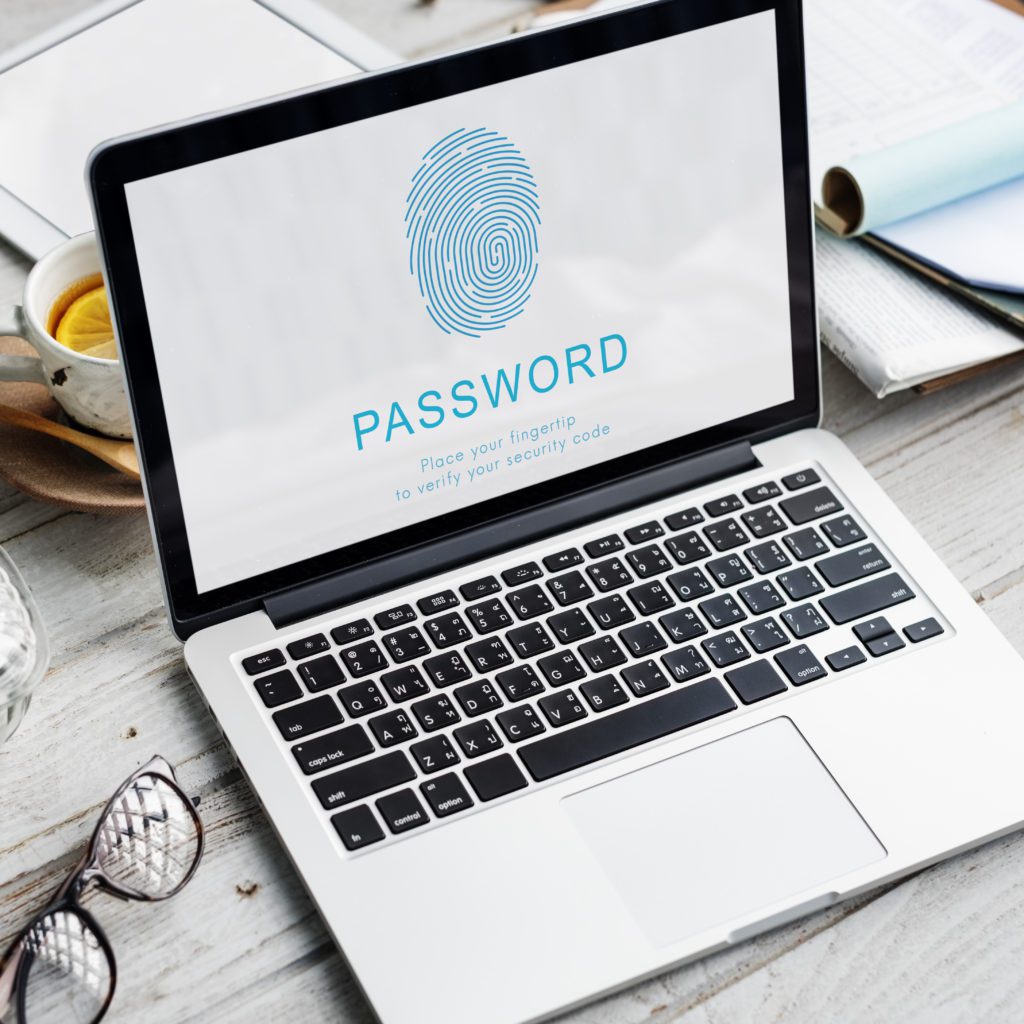Ensuring the security of your Network is crucial to protect your data and privacy. While achieving absolute security is challenging, there are several measures you can take to enhance the security of your network.
Here are some steps to help you assess and improve the security of your Network:
- Use strong passwords: Ensure that all devices and accounts on your network have strong, unique passwords. Use a combination of upper and lowercase letters, numbers, and special characters. Avoid using easily guessable passwords or default credentials.

2. Update firmware and software: Keep all Network devices, including routers, switches, and connected devices, up to date with the latest firmware and software patches. Regularly check for updates from the manufacturers’ websites and apply them promptly to address any security vulnerabilities.
3. Secure your Wi-Fi network: Change the default SSID (network name) and disable broadcasting it. Use WPA2 or WPA3 encryption with a strong, unique passphrase for your Wi-Fi network. Enable Network encryption to prevent unauthorised access.
4. Enable Network firewalls: Ensure that firewalls are enabled on your Network devices, including routers and PCs. Firewalls act as a barrier between your Network and external threats, filtering incoming and outgoing Network traffic.
5. Segment your Network: Consider dividing your network into separate segments or VLANs (Virtual Local Area Networks) based on the level of trust and sensitivity of connected devices. This can help contain potential breaches and limit access to critical resources.
6. Employ Network monitoring: Utilise network monitoring tools to identify suspicious or unauthorised activities on your Network. Intrusion detection systems (IDS) and intrusion prevention systems (IPS) can help detect and respond to potential threats in real-time.
6. Use a secure router: Invest in a reputable router that offers advanced security features. Look for routers with built-in firewalls, intrusion detection and prevention systems (IDPS), and guest network capabilities.
7. Implement strong authentication: Enable multi-factor authentication (MFA) wherever possible, especially for critical accounts and services. MFA adds an extra layer of security by requiring users to provide multiple forms of verification, such as a password and a unique code sent to their mobile device.
8. Regularly backup your data: Implement a robust backup strategy for your Network data. Regularly backup important files and ensure that backups are stored securely, preferably offsite or in the cloud. In the event of a security incident, having backups can help you recover your data.
9. Educate users: Educate everyone connected to your network about basic security practices. Teach them about phishing attacks, suspicious email attachments, and the importance of being cautious when connecting to public Wi-Fi networks.
10. Conduct security audits: Regularly perform security audits or engage a professional to assess the security of your Network. This can help identify vulnerabilities and areas that require improvement. You can contact us here to arrange your FREE security audit!
Remember that Network security is an ongoing process. Stay updated with the latest security practices, monitor for new vulnerabilities, and adapt your security measures accordingly.




